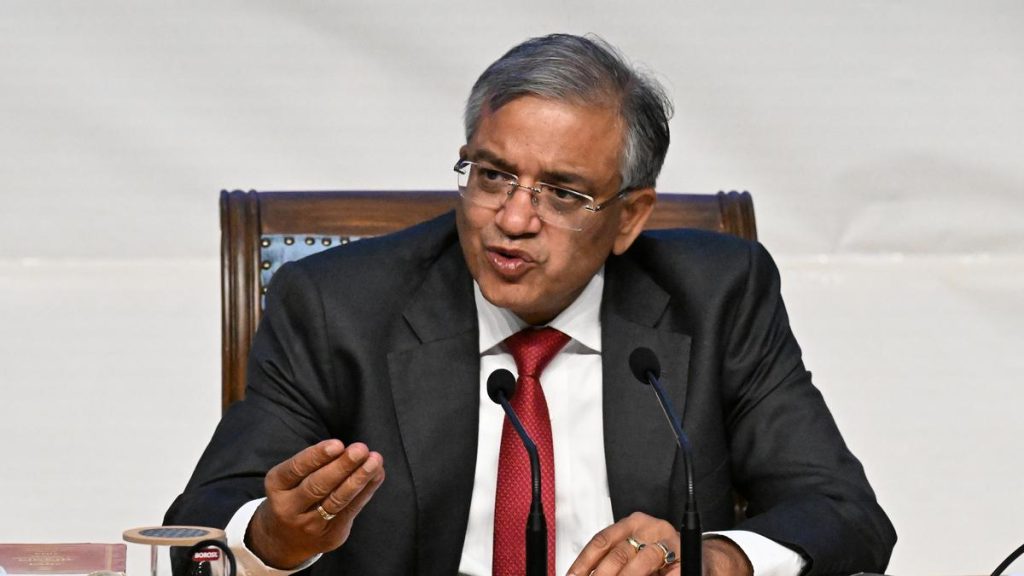Now Reading: Trump’s Pledge to Big Oil Falls Short as Revenues Dive
-
01
Trump’s Pledge to Big Oil Falls Short as Revenues Dive
Trump’s Pledge to Big Oil Falls Short as Revenues Dive

Speedy Summary
- President TrumpS governance, despite pledges to boost fossil fuel extraction, has faced mounting challenges in the oil industry during its first 100 days.
- Exxon Mobil and Chevron reported notable declines in quarterly earnings; Exxon’s dropped by 6% ($7.7 billion), while Chevron’s income fell by over a third ($3.5 billion).
- The price of oil has fallen from $80 to approximately $60 per barrel sence Trump took office, affecting U.S.-based production.
- Trump’s tariffs have increased steel costs for wells and equipment, while foreign producers like OPEC+ announced plans to increase global supply further pressuring domestic operators.
- Industry professionals expressed concerns about uncertainty in policymaking, notably around tariff policy and pricing strategy. some executives indicated immediate declines if prices hit Trump’s stated target of $50/barrel.
- Drilling activity in key regions decreased slightly-rig counts in the Permian Basin fell by 3% last month.
- despite expedited permitting for projects (reduced from two years to 28 days), environmental groups warn against potential risks associated with fast-tracked initiatives like Michigan’s Line 5 pipeline.
Indian Opinion analysis
The decline in earnings of major U.S. oil companies amid ambitious policy shifts underscores the complex interplay between economic forces and political agendas. By pursuing deregulation on one hand while imposing trade tariffs on steel-the backbone of drilling infrastructure-the administration likely contributed unintended stressors to an already volatile market reliant on stable operating margins.
For India, these trends present both opportunities and risks. A sustained drop in global crude prices could reduce import costs for indian refiners but may also destabilize long-term energy markets as competing suppliers jostle for dominance. Furthermore, heightened uncertainty within the U.S.’s traditionally influential energy sector might shift focus towards emerging markets or option sources such as renewable energy-a space where India is scaling rapidly.
India benefits historically from predictable pricing dynamics within OPEC-driven frameworks; any disruptions stemming from uneven policies abroad should be monitored closely given their potential ripple effects across global petroleum networks.
























